Art+Design
5vie event
digital event

Art+Design
5vie event
digital event

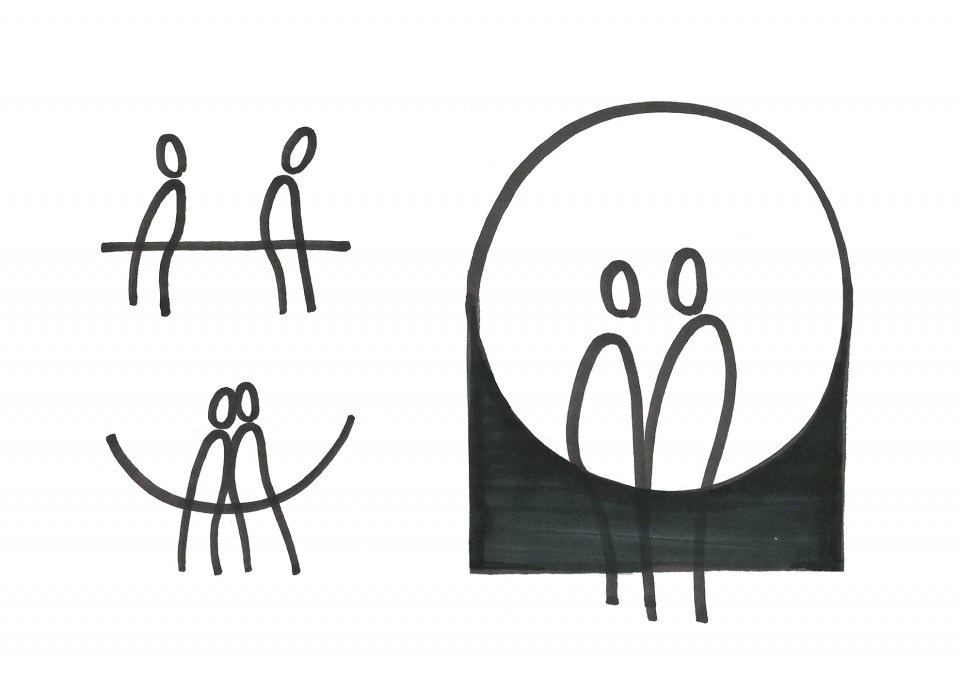

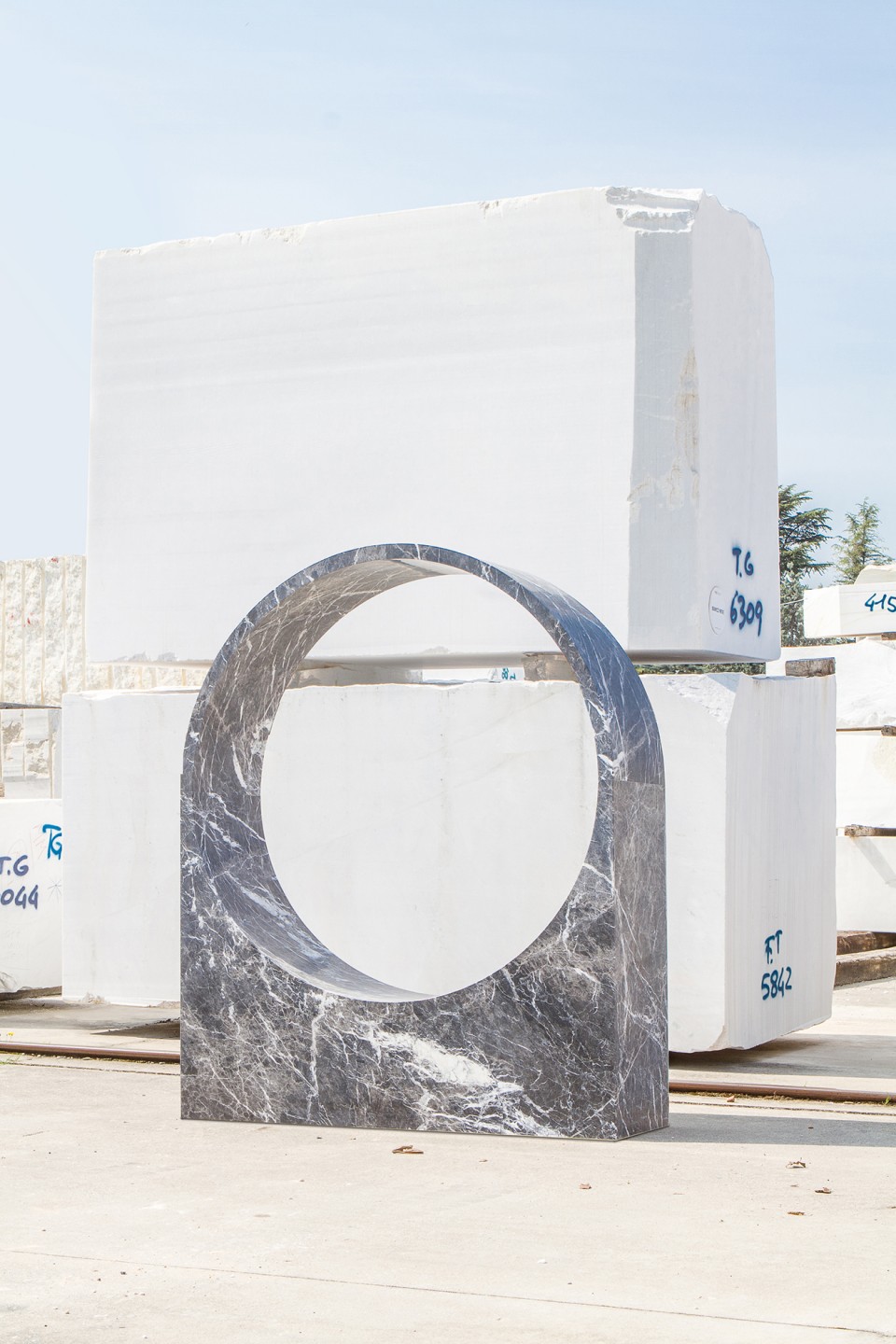
The curve of this giant bench, designed by Gustavo Martini, is shaped to encourage sitters to move close together. What’s more, its polished Grigio Carnico marble – formed in Testi’s workshop in Veneto – creates a slippery surface that makes it virtually impossible to keep your neighbour at arm’s length.
‘Love brings people close together, and this bench makes them stay close together,’ says Martini
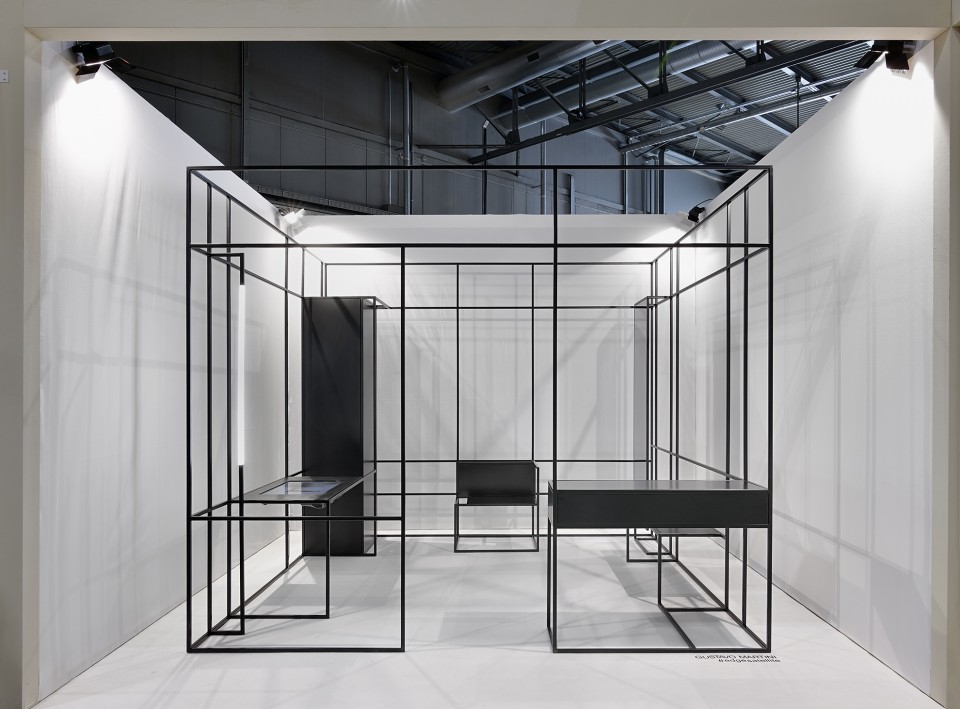
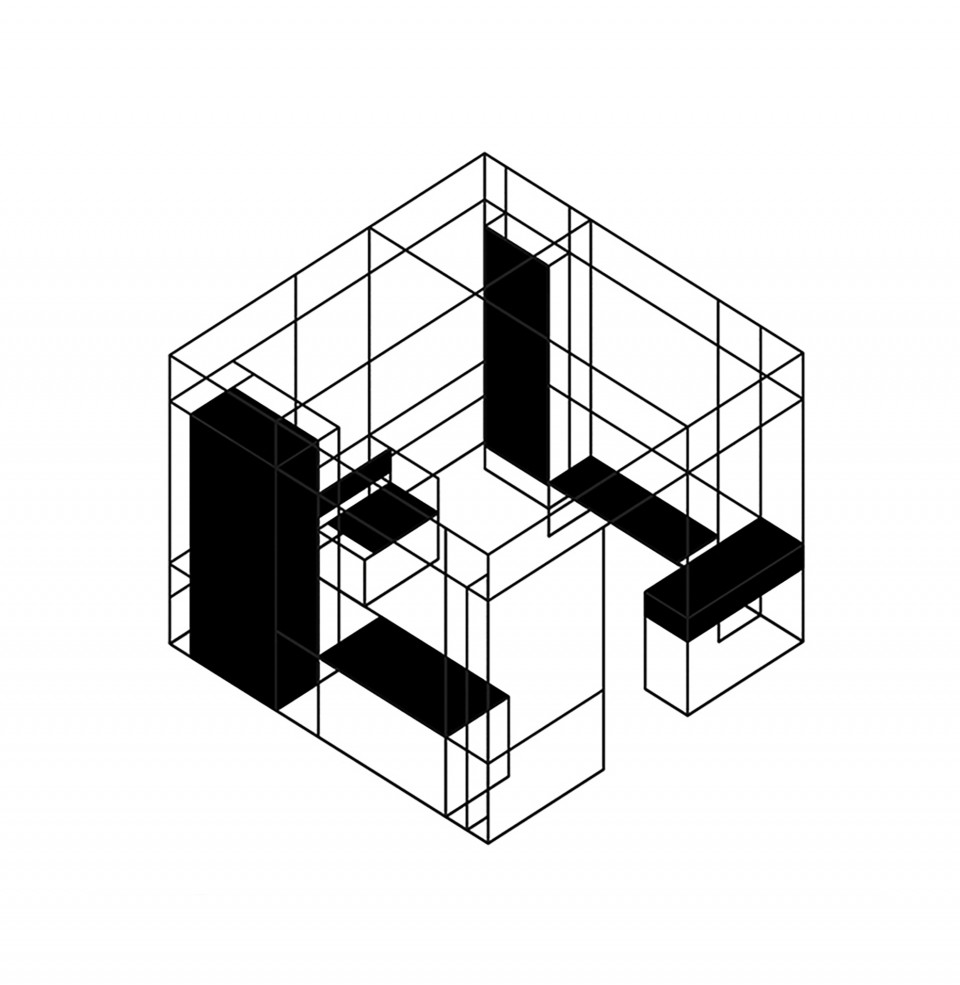
Very innovative that year, the project was the best start for the designer on the Milanese Design Week, it was also through this exhibition that Martini was awarded as the “Next Generation Designer of the Year” by Wallpaper* and Panerai.the concept of the project started with a personal point of view, where the author considers the primary act of drawing as an essential step in the design process.
The research was based in this moment which dwells in the transition between the imaginary and the execution. In response to these thoughts was developed the idea of a black line made by a pen fi lling the paper with a graphic grid, and by the act of painting some spaces between the rows to create surfaces.
The result has become a sort of visual room where is possible to pass through the walls, and the furniture made by the thin dark surfaces, reinforces the sense of tangibility. The name highlights the fact that the project is something beyond a single object and turned into a connected architecture, something on the edge between design and installation, idea and reality.
Project supported by the Italian industry Carlo Citterio

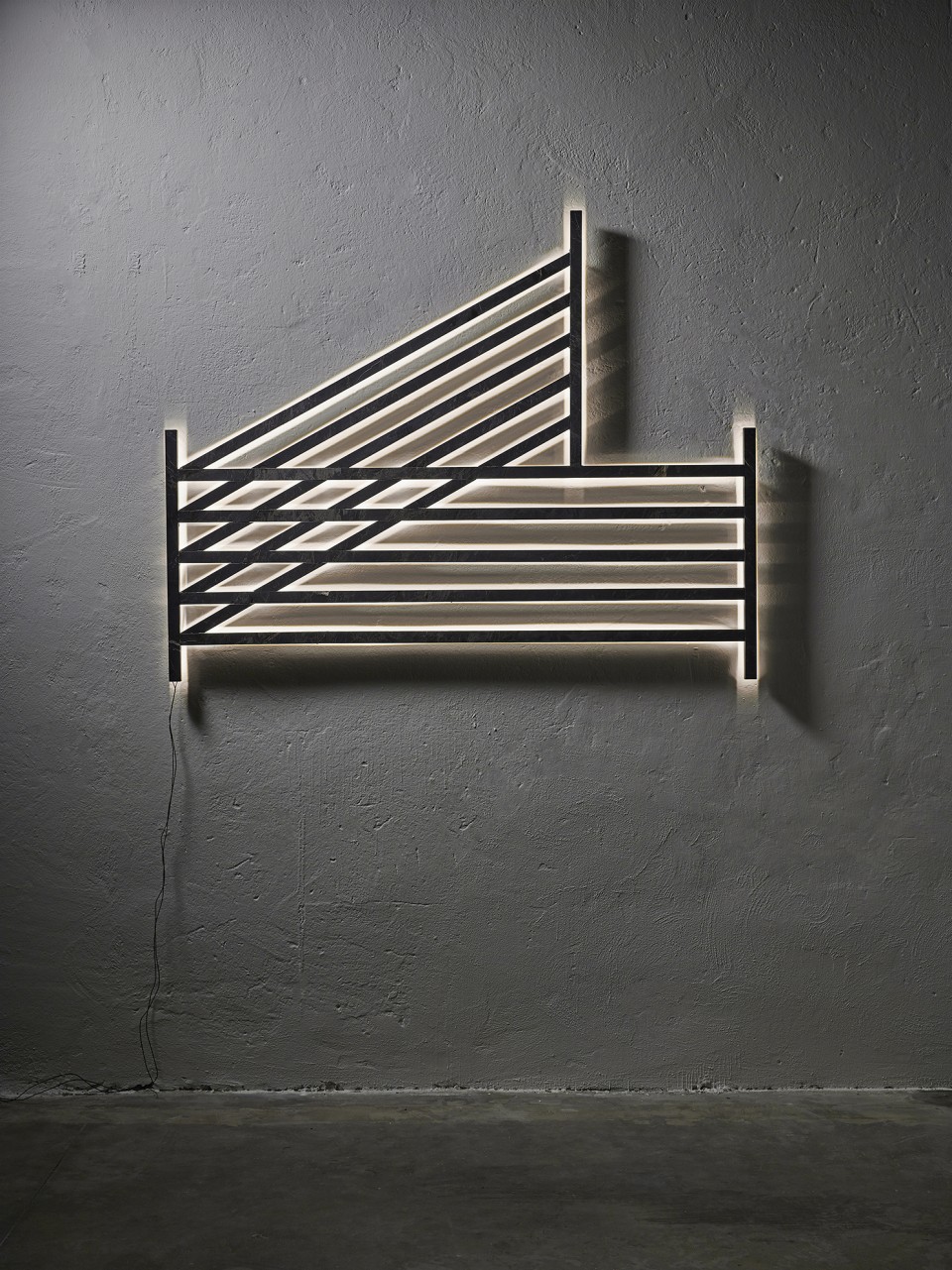
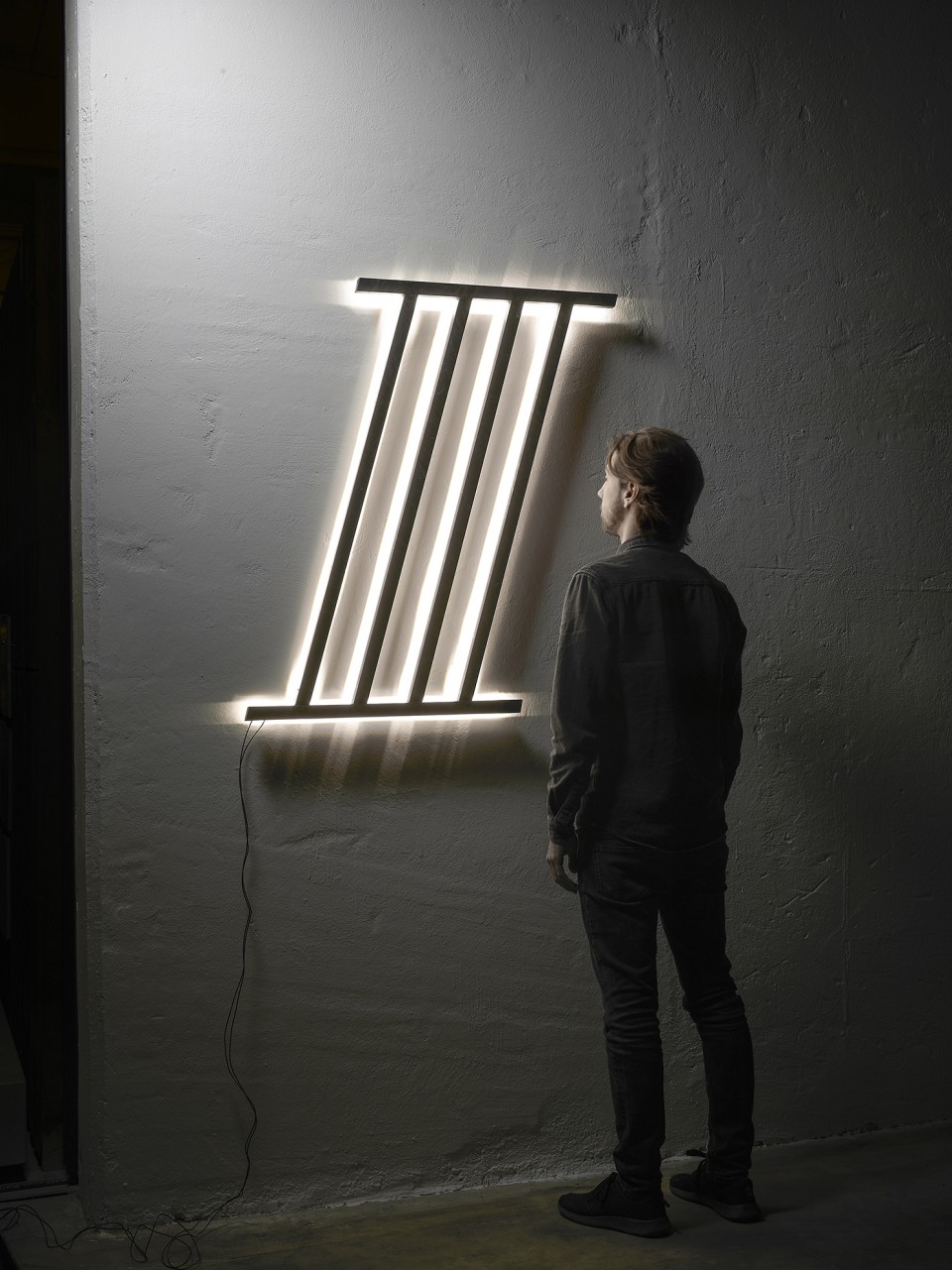

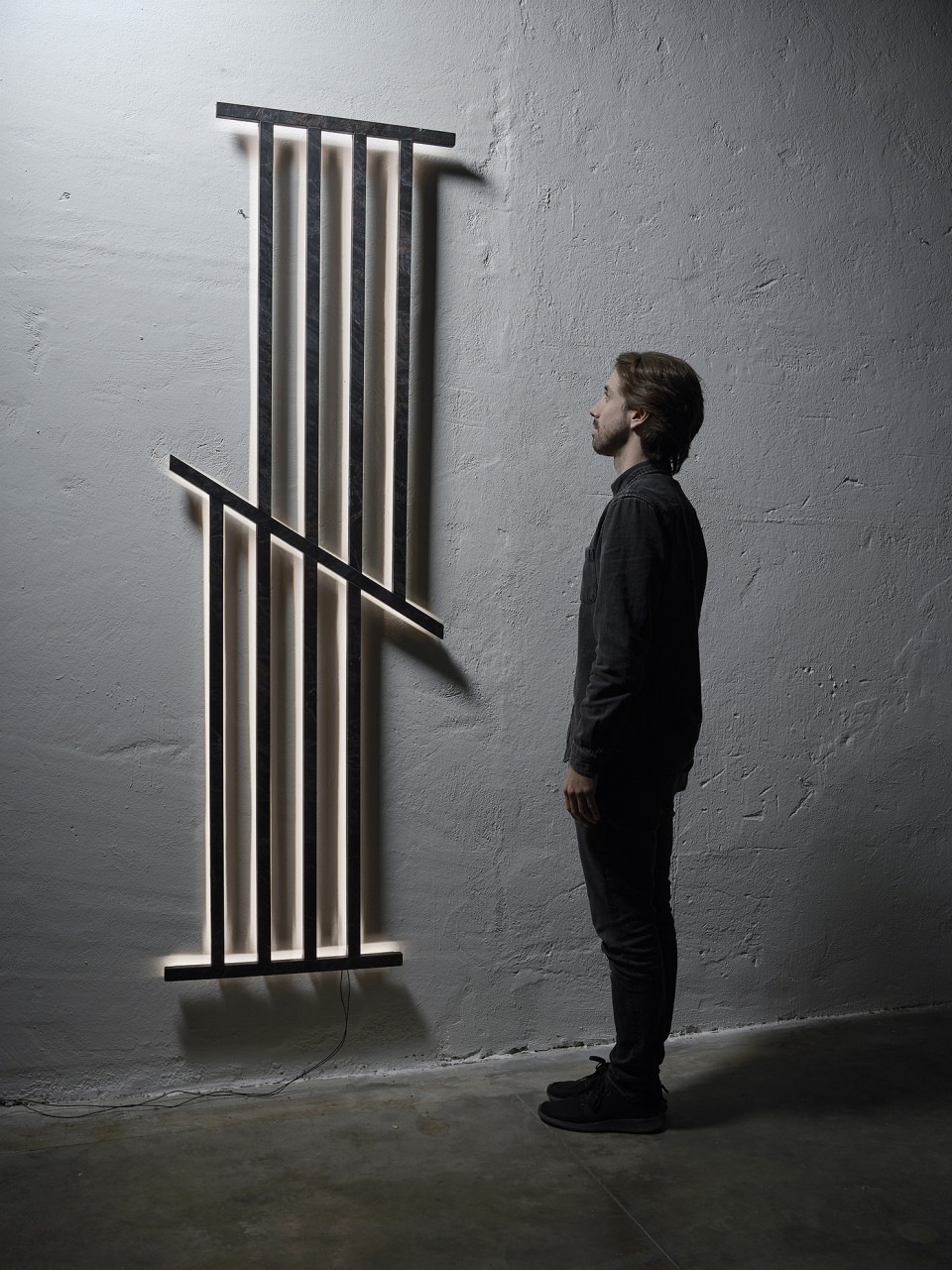
Italic is a collection of luminous sculptures that explores the aestheticaspects of the typographical universe.
After a careful study of this universe, the main idea in which the writingsystem is created to communicate a specific subject is modified, topropose it again in order to become the subject in itself.
Each symbol is composed of main sections and transversal lines at theends, as a remnant of the Serifs.In this way the author suggests the public to observe moving away fromtraditional codes.